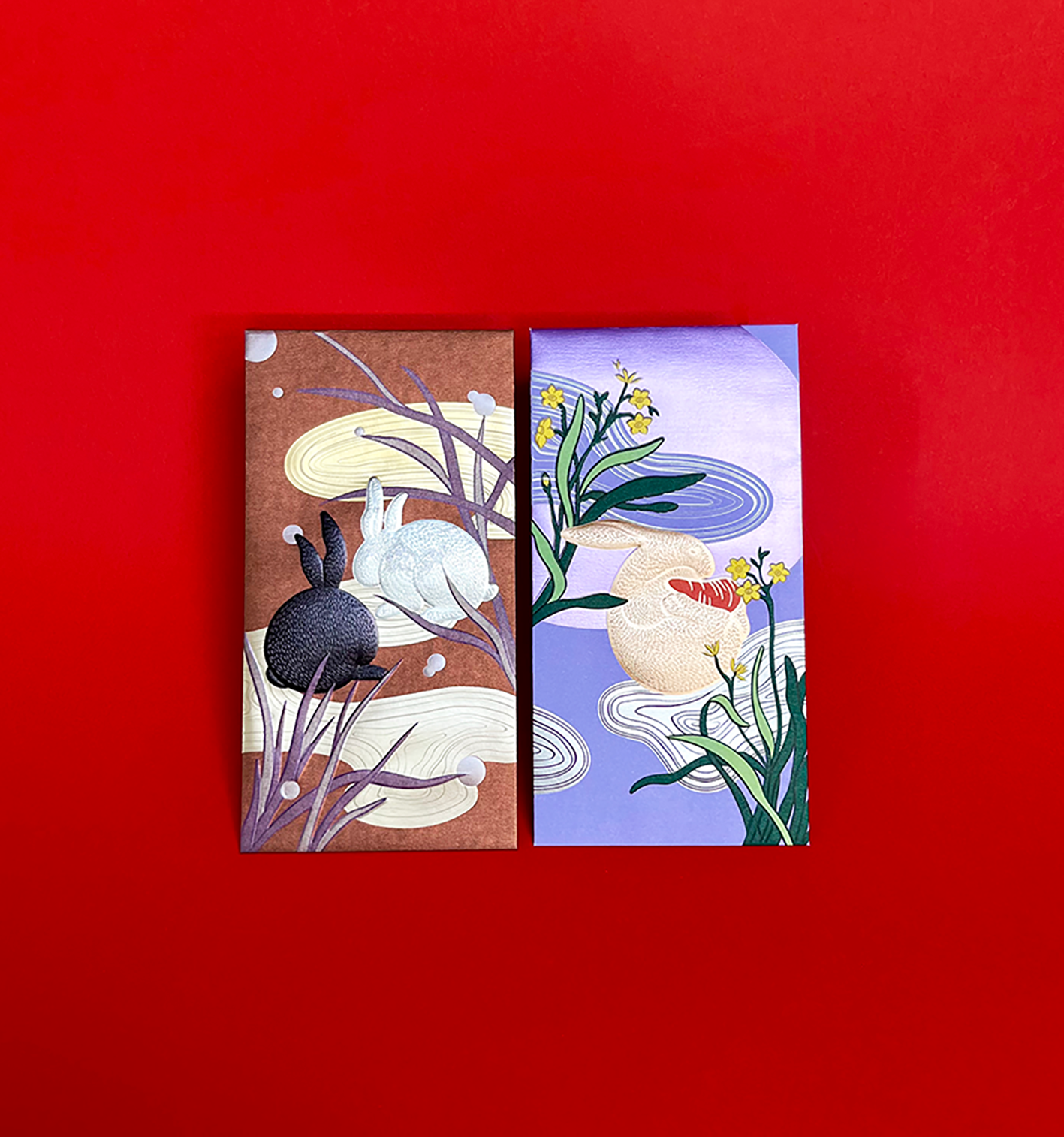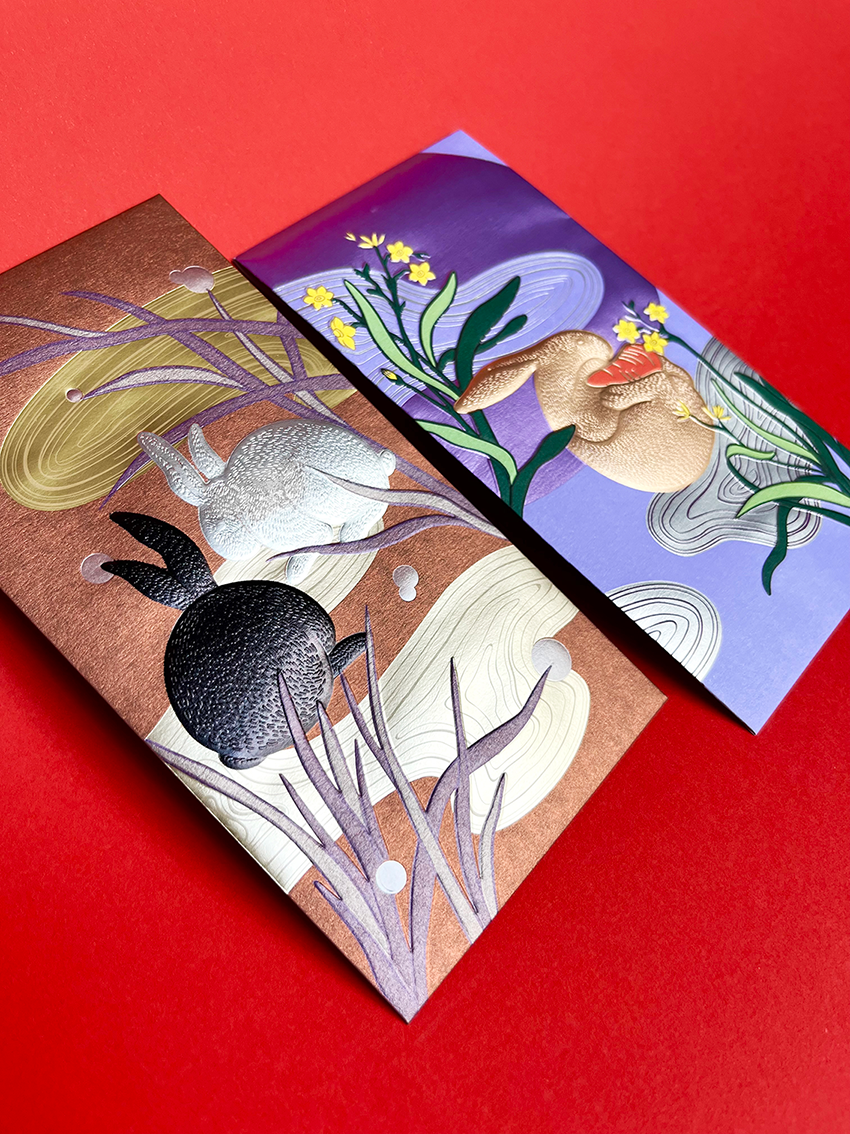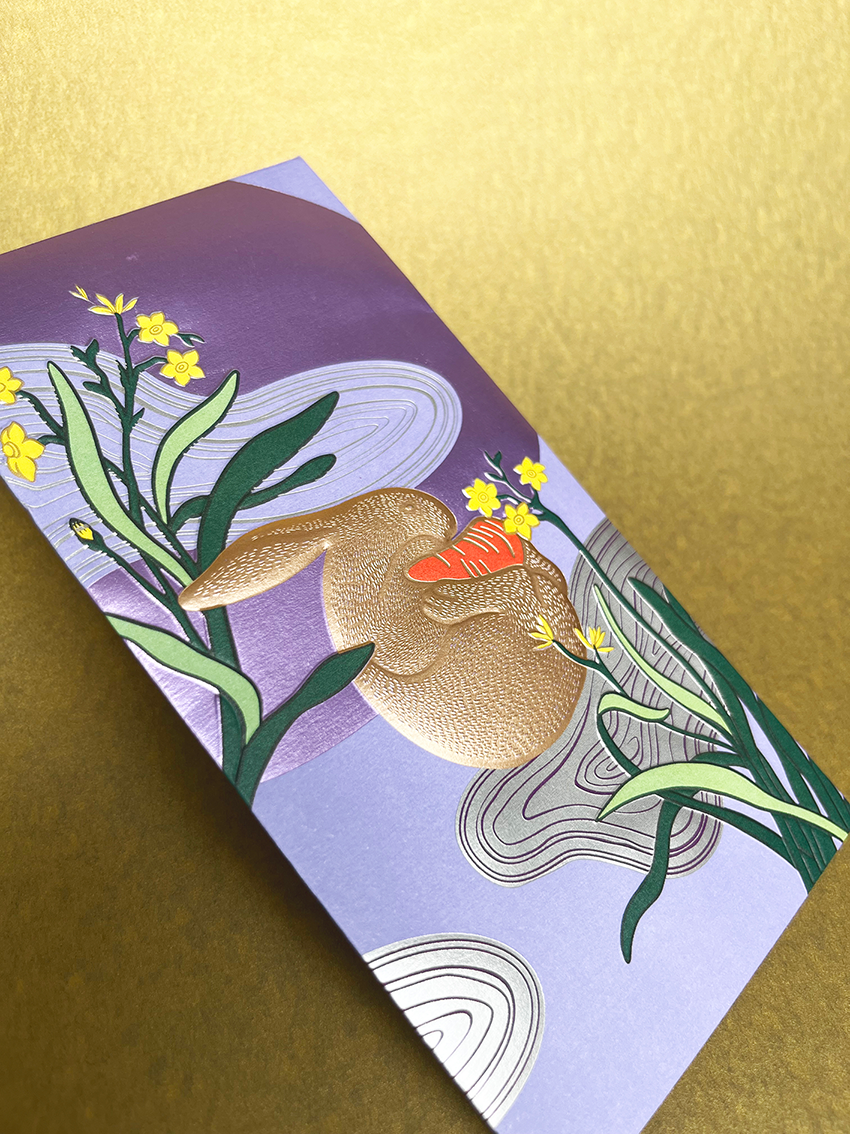Micro-structure, micro-embossing, micro etched hot foil stamping… all designate a type of hot foil stamping in which a very fine texture is engraved into the die, without requiring a counter-part. Once applied to a metallised hot stamping foil, the texture, which is usually made of microscopic lines at different angles, creates visual effects through the diffraction of light.

Because micro embossing is all about very fine details, it is a precise process requiring much attention and care.
- Prefer smoother papers. Micro embossing does not use counter dies, and the textured effect is very thin – down to 0.03 mm. In order for the effect to be visible, the paper should therefore be quite smooth.
- Associate micro-embossing with metallic foils rather than matt or satin foils. The reflective effect of the micro pattern will be all the more dazzling and 3D-like.
- Consider using standard micro patterns within your design. Die manufacturers can integrate one of their standard micro patterns to the shape of your choice, including typography if the letters are bold enough for the pattern to show.
- Think of combining on the same die micro-embossing motives with embossed designs.
- Proceed with some tests to ensure the foil sets properly on the paper. Some tiny gaps could appear in the foil if pressure is not set correctly, which can create an unpleasant speckled effect, especially visible with darker papers.
- Avoid cheaper, magnesium dies. Since micro embossing is characterised by very precise details, more robust brass dies are more appropriate.

- Choose papers with a weight higher than 135g.
- As micro-embossing dies are produced on special CNC engraving machines (computer numerical control machines), some motives can take up to 50 hours to be engraved, depending on the motive and its dimensions.
- Do not emboss the paper after applying the micro-structured foil if you choose to combine both techniques. The pressure applied while embossing the paper could damage the texture created on the foil. The solution is to combine both the micro-embossing and the embossing designs on the same die.
- Micro-embossing is not limited to greeting cards and brochure covers. In particular, micro-embossing can bring an eye-catching wow factor to luxurious packaging and labels.
- Although two-sided micro-embossing is possible in theory, it is most likely that hot foil stamping the second side will damage the first side.


